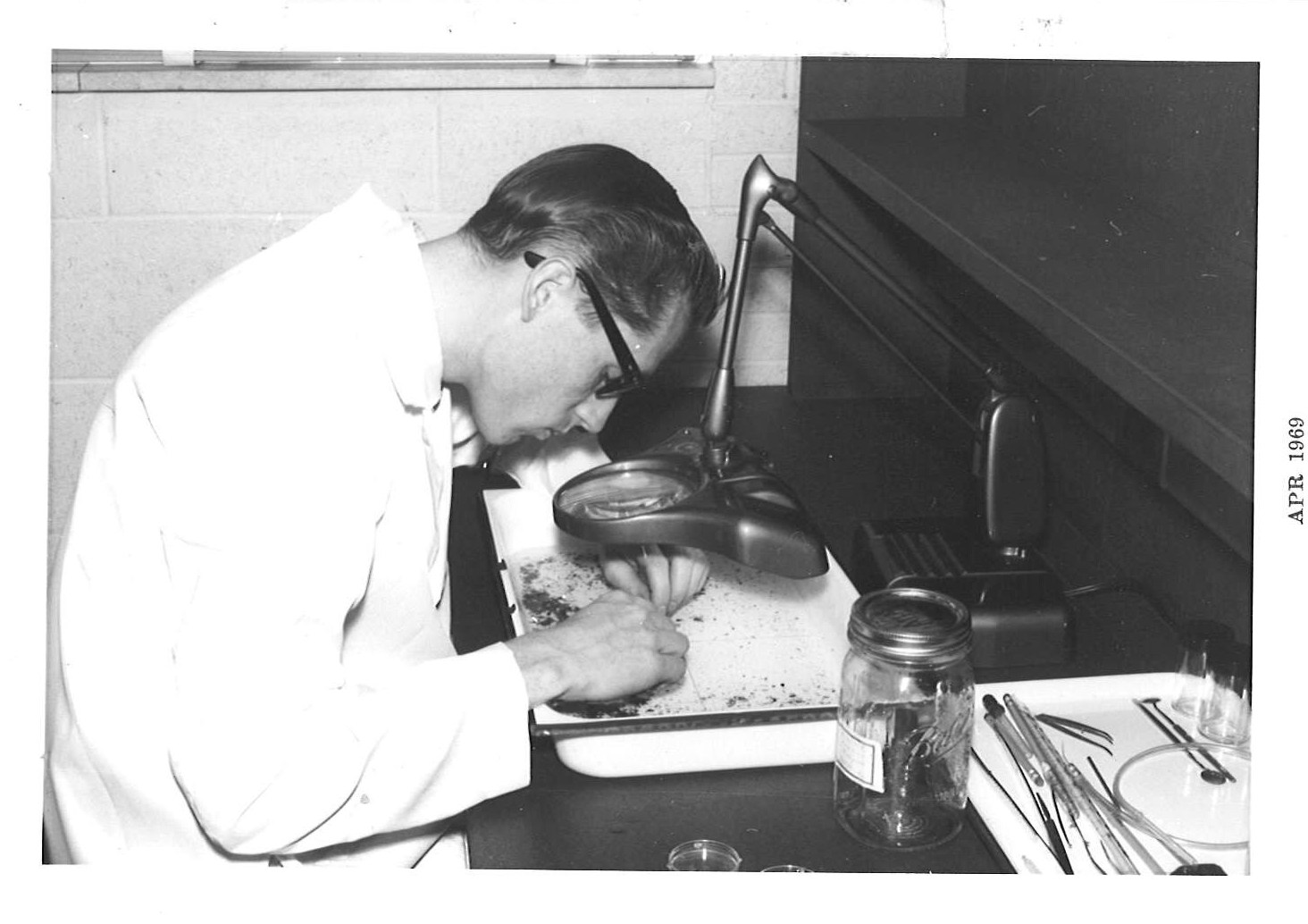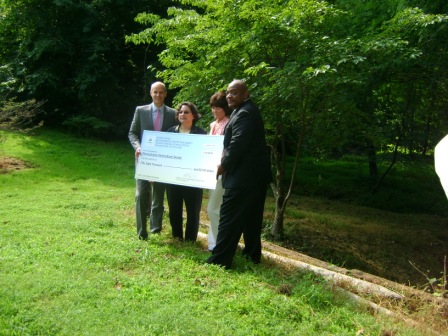Delivering on the Promise of the Clean Water Act
By Gina McCarthy
(Cross Posted from EPA Connect)
On January 9th of this year, concerned citizens noticed a chemical odor floating down the Elk River Valley toward Charleston, West Virginia. State inspectors traced the odor to a Freedom Industries facility, where they found a storage tank leaking the chemical MCHM, used in coal processing.
Before the day ended, drinking water supplies for more than 300,000 people were contaminated. Schools closed. Hospitals evacuated patients. And the local economy ground to a halt.
West Virginia led the response to contain the spill within days. EPA provided technical assistance to help clear the water system, helped determine a water quality level that would be protective of public health, conducted air monitoring—and sent a Special Agent from our Criminal Investigation Division to the site. The Special Agent, in coordination with the U.S. Attorney’s office in Charleston and the FBI, conducted more than 100 interviews and launched a joint investigation into the cause of the disaster.
We found a pattern of negligence by the storage tank owners, who were obligated to inspect the tank, fix corrosion, and take action to contain potential spills. Their negligence resulted in one of the nation’s worst environmental disasters in recent memory.
Today, U.S. Attorney Goodwin, along with EPA and FBI officials, announced that four former officers of Freedom Industries have been indicted on Clean Water Act negligent misdemeanor charges, as well as for violating the Refuse Act. Freedom Industries, along with two other individuals, were separately charged with Clean Water Act crimes. The four indicted defendants face multiple years in prison if they are convicted, and the two other individuals each face up to one year.
When Congress enacted the Clean Water Act, it gave states primary authority to implement the laws and protect the environment, including safeguarding drinking water supplies for American communities. EPA works with states to deliver these benefits, including through criminal investigative work that holds serious violators accountable. Our efforts send a clear message to would-be violators that we’re serious about enforcing our laws fairly, leveling the field for companies that play by the rules and follow the law.
The spill occurred in the 40th anniversary year of the Safe Drinking Water Act, which protects drinking water sources and requires that water from our taps be clean. The law has been such a success, and we so often take safe drinking water for granted, that it’s easy to become complacent. But Freedom Industries’ illegal, negligent actions serve as a reminder that we need to vigilantly enforce our laws to protect safe water.
Just last week, the Source Water Collaborative, a group of 25 national organizations united to protect America’s sources of drinking water, launched a call to action—asking utilities, states, federal agencies, and local governments to do more to protect source water, and prevent disasters like the one in Charleston before they happen. EPA provides states with technical and scientific expertise, as we did in the aftermath of the chemical spill in Charleston. We’re also developing tools and resources for prevention, preparedness and response to spills or releases, and sharing them with states so they can meet their legal responsibilities.
Clean, reliable water is precious. It’s what lets our children grow up healthy, keeps our schools and hospitals running, and fuels our economy. Our efforts can’t undo the damage done to public health, the local economy, and the environment in Charleston. But by working together, we can help prevent spills like this one in the future, and protect our children’s health for years to come.
About the Author: Gina McCarthy is the Administrator of the U.S. Environmental Protection Agency. Appointed by President Obama in 2009 as Assistant Administrator for EPA’s Office of Air and Radiation, Gina McCarthy has been a leading advocate for common-sense strategies to protect public health and the environment.





